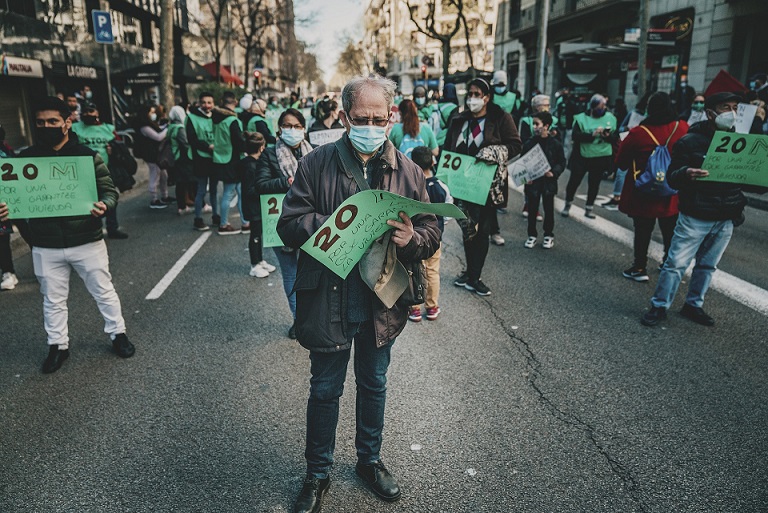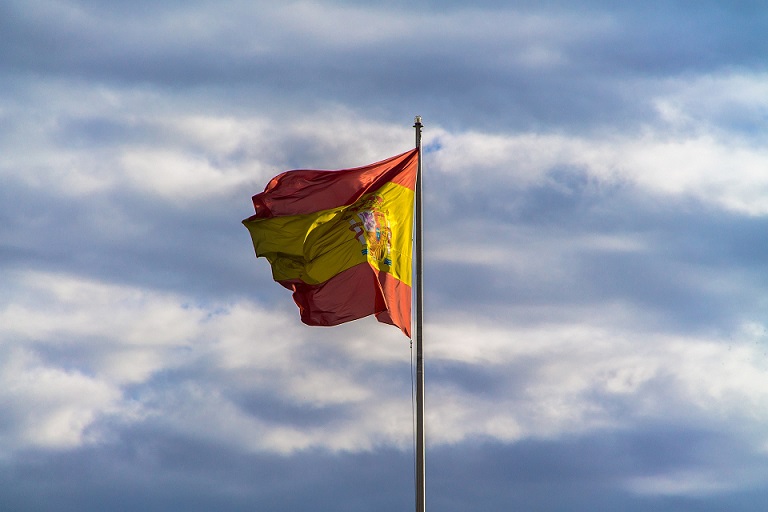In 2023, the left-wing coalition government will seek to defeat the right-wing opposition as they did in 2019. A key player, Sumar, seems to be an essential factor in determining the final result.
 Juanjo Andrés Cuervo
Juanjo Andrés Cuervo
Unless the Prime Minister Pedro Sánchez decides to move the elections forward, the Spanish people will go to the polls in December of this year to elect the new national government.
Considering that the local and the municipal elections will be held in May, it would not be a surprise if the General Elections took place in spring. In fact, it would not be the first time that Pedro Sánchez has moved the elections forward. In 2019, Sánchez decided to celebrate the General Elections in April, just a month before people voted in the local and municipal elections. This idea followed a strategy to avoid a boost in his rivals’ hopes. If the main adversary gets positive results in the local and municipal elections, this might mobilise their supporters for the following elections.
It is important to remember that in 2018, the Spanish Socialist Workers’ Party (PSOE) and Unidas Podemos led a successful vote of no confidence against Mariano Rajoy, who was the leader of the People’s Party (PP). He was ousted from the government and Sánchez has remained as Prime Minister since then.
In a highly polarised atmosphere, it seems that there is even more uncertainty than in 2019 about who will win the elections. The last polls have predicted a hugely contested political battle, with the PP and the PSOE failing to attain a majority on their own.
 Surely, some of them will have to govern by forming a coalition. In that sense, it is expected that Vox and Unidas Podemos will lose deputies. The decrease in votes of the far-right party Vox may doom the aspirations of the PP to establish a right-wing coalition.
Surely, some of them will have to govern by forming a coalition. In that sense, it is expected that Vox and Unidas Podemos will lose deputies. The decrease in votes of the far-right party Vox may doom the aspirations of the PP to establish a right-wing coalition.
By contrast, the new platform created by Yolanda Díaz, Sumar, gives hope to the left to repeat the coalition government that was formed in 2020.
Sumar: The group on the left of the PSOE
In 2021, Yolanda Díaz became the deputy prime minister of Spain when Pablo Iglesias decided to leave the political arena. As a member of the Communist Party and Labour Minister since 2020 of the government, she is considered as the most popular politician in Spain.
In recent years, she has become the beacon of the Spanish left. On the 14th of January she spoke in Barcelona, emphasising her willingness to unite all the progressive forces. Not just for the elections, but as a way to progress in society. She was clear in her message: “Our project for the country isn’t an electoral campaign, it’s bigger than that.”
However, it is clear that in order to keep implementing progressive measures in the country, the left need to win the elections. In order to have real chances to defeat the right-wing adversaries, Sumar must include Unidas Podemos in its spectrum.
 This is one of the biggest concerns for the left. Furthermore, the electoral system of Spain benefits the coalitions. The D’Hont method is applied, meaning that the allocation of seats in collegiate organs such as parliaments requires a method to translate votes proportionally into whole seats.
This is one of the biggest concerns for the left. Furthermore, the electoral system of Spain benefits the coalitions. The D’Hont method is applied, meaning that the allocation of seats in collegiate organs such as parliaments requires a method to translate votes proportionally into whole seats.
In fact, a survey published in December 2022 showed that, if Sumar and Unidas Podemos went into the elections together, they would obtain 25 more deputies than going in separately.
Despite having the same numbers of votes, if they were separated in the elections, the Spanish electoral system would punish them. Thus, PP and Vox would probably obtain the victory. In other words, the left must unite to stay in government.
Spain: a left country?
From 2015 until 2019, there were four general elections. In all of them, the left-wing parties had more deputies than their right-wing counterparts.
However, in 2015, 2016 and April 2019, the PSOE denied an alliance with Unidas Podemos, refusing to listen the will of the people.
 Eventually, the PSOE was willing to ally with Pablo Iglesias’ party after witnessing the rise of Vox. From April to November, the far-right party grew from 25 to 52 deputies.
Eventually, the PSOE was willing to ally with Pablo Iglesias’ party after witnessing the rise of Vox. From April to November, the far-right party grew from 25 to 52 deputies.
After that, the first coalition government since 1936 was formed in Spain. That was the year of the Popular Front, which included a group of parties that went together to the elections. That group was formed by the PSOE, the Communist Party of Spain (PCE), the Republican Left (IR), and the Republican Union (UR).
In January 2020, history repeated itself when another left-wing coalition joined forces to lead the country. This year, the key will be if finally Sumar and Unidas Podemos coalesce to become the partner of the PSOE in the next government.
Considering the rise of far-right parties in Italy, Sweden, Hungary and Poland, Europe seems a continent in despair. On the other hand, the light shed by Latin America with the progressive governments in Chile, Brazil and Colombia may guide the Spanish left to unite and emerge victorious in the next elections.
(Photos: Pixabay)












.jpg)












